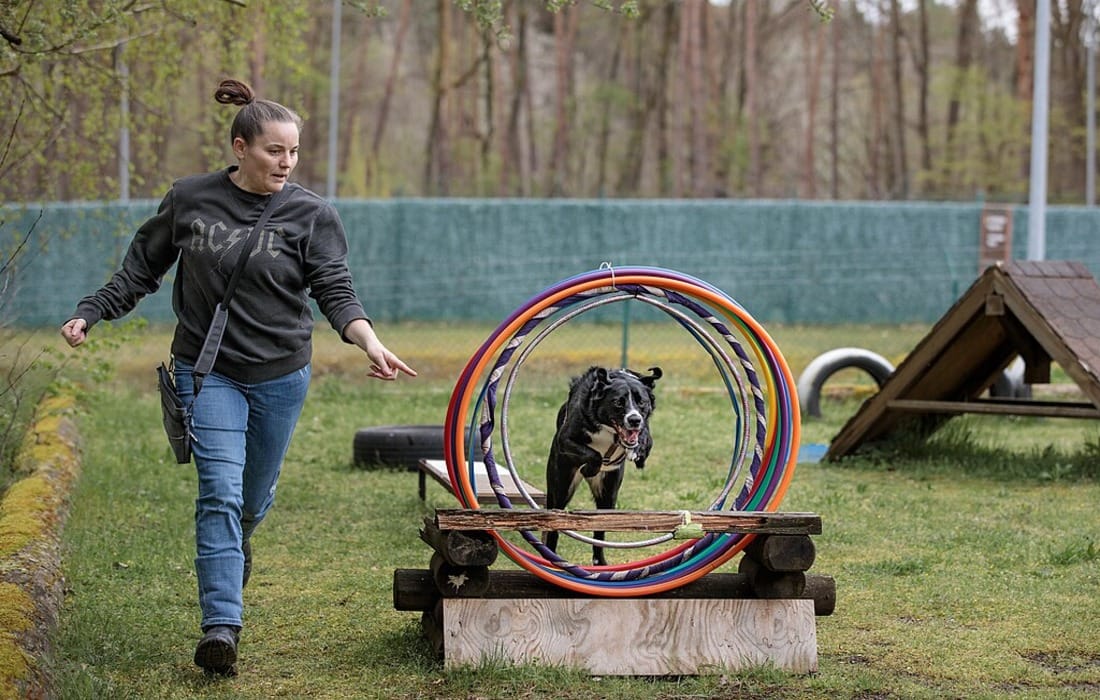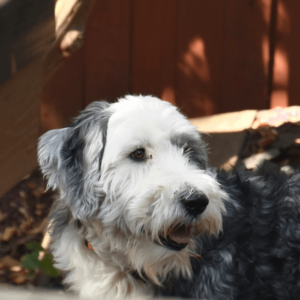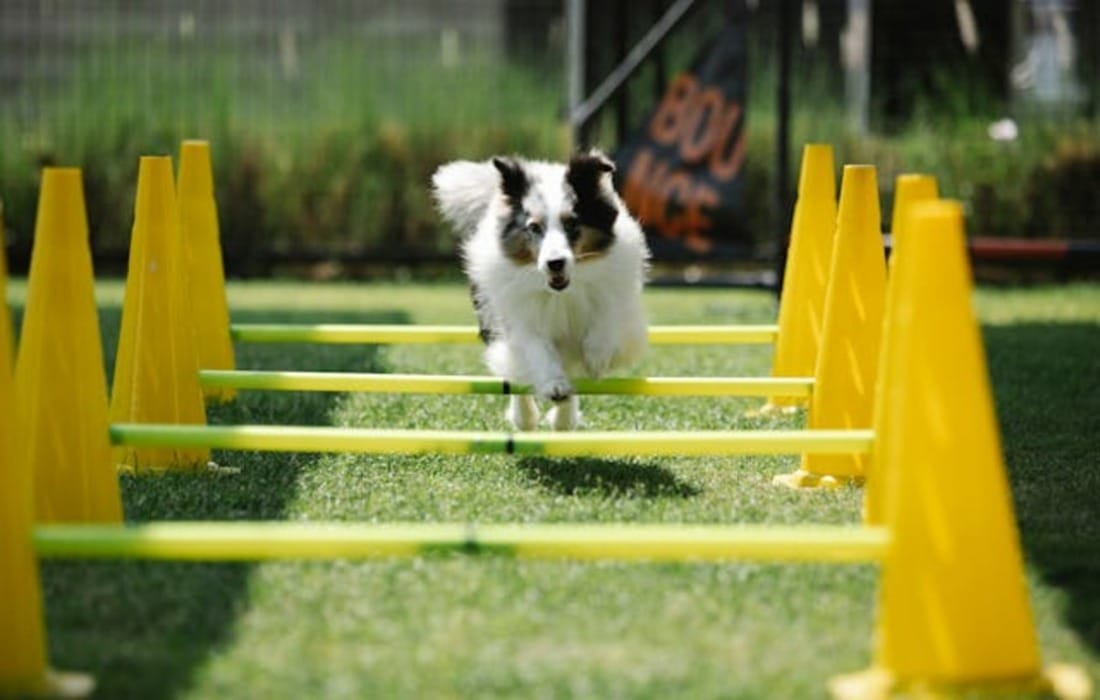The Tibetan Mastiff is a magnificent breed that’s hard not to pay attention to. Big, bold, and brimming with history, this ancient dog has captured hearts worldwide. But there’s so much more to this majestic canine than its impressive looks. Today, let’s take a closer look at what makes the Tibetan Mastiff so special – from its roots in the Himalayas to its role in modern homes.
The Ancient Roots of the Tibetan Mastiff
Did you know the Tibetan Mastiff is one of the oldest dog breeds? This powerhouse of a dog, also called the Do-Khyi in its homeland, has been around for over 3,000 years. Imagine that – a breed so old it was guarding Himalayan villages when civilizations were just beginning to bloom. Back then, these dogs had one job: to protect. And they did it well.
They’d stand watch over livestock and homes, keeping predators like wolves and snow leopards at bay. It wasn’t just their size that made them effective. Their deep, booming bark could send shivers down any intruder’s spine. Even Marco Polo, the famed explorer, reportedly described them as “tall as a donkey, with a voice like a lion.”
More Than a Dog in Tibetan Culture
In Tibet, the Mastiff wasn’t just a pet or a working dog. It was a symbol. These dogs were believed to ward off evil spirits and were often seen guarding monasteries. Monks and villagers alike revered their loyalty and strength.
Beyond their spiritual role, Tibetan Mastiffs also carried economic and social significance. Owning one was like owning a luxury car today – a sign of wealth and status. They were even given as gifts between dignitaries, cementing their place as symbols of respect and prestige.
Rising Fame in the Modern World
Fast-forward to the 19th century. British soldiers stationed in Tibet were among the first to introduce the Tibetan Mastiff to the Western world. By the 20th and 21st centuries, the breed’s fame had skyrocketed. In China especially, owning a Tibetan Mastiff became a mark of affluence. Some Mastiffs have sold for jaw-dropping sums, with one fetching a whopping $1.9 million.
What Makes the Tibetan Mastiff Stand Out?


Let’s talk about the physical and personality traits that make this breed so unique.
Size and Strength
The Tibetan Mastiff is a giant. Males can stand 26 to 30 inches tall at the shoulder, while females are slightly smaller. Their weight? Anywhere from 85 to 160 pounds. That’s a lot of dog! Their strong, muscular build makes them look even more imposing.
A Coat Fit for the Himalayas
These dogs are built for harsh weather. Their double coat – thick, coarse outer fur with a dense undercoat – keeps them warm in the coldest conditions. They come in a variety of colors, like black, black and tan, red (from golden to deep mahogany), and blue-gray. Some even have white markings on their chest or feet.
Their most distinctive feature? That lion-like mane around their neck. It’s as majestic as it sounds.
Personality: Loyal, Protective, Independent
Tibetan Mastiffs are fiercely loyal to their families. Their protective instincts run deep, making them excellent watchdogs. But here’s the catch: they’re independent thinkers. Training one requires patience and consistency. They’re not the kind of dog that blindly follows commands. They’ll do it, but only if they see the point.
When it comes to strangers, they’re naturally wary. Early socialization is key to ensuring they don’t become overly suspicious or aggressive.
Living with a Tibetan Mastiff
Thinking about bringing one of these gentle giants into your home? Here’s what you need to know.
Feeding and Nutrition
Big dogs need big meals, right? Not quite. While their dietary needs are substantial, overfeeding can lead to obesity, which is a common issue for large breeds. A balanced diet rich in high-quality protein is essential. Puppies, in particular, need special diets to prevent rapid growth that could harm their joints.
Grooming
That luxurious coat needs care. Regular brushing (about once a week) will keep it looking great and prevent mats. During shedding season – usually in spring and fall – daily brushing is a must. The good news? They don’t need frequent baths. Their coat is naturally water-resistant and has some self-cleaning properties.
Exercise Needs
Despite their size, Tibetan Mastiffs aren’t overly energetic. Daily walks and some playtime will keep them happy. They enjoy their downtime, but mental stimulation is important too. Puzzle toys or interactive games work wonders for their sharp minds.
Health Considerations
Like all breeds, Tibetan Mastiffs have some health concerns. Common issues include:
- Hip and elbow dysplasia: Hip and elbow dysplasia are both hereditary conditions that affect the joints, particularly in larger breeds. They occur when the bones in the joint don’t fit together properly, leading to abnormal wear and tear. This can cause pain, stiffness, and difficulty moving, and in severe cases, it may lead to arthritis as the dog ages.
- Hypothyroidism: A condition in which the thyroid gland doesn’t produce enough thyroid hormone. The thyroid plays a key role in regulating metabolism, and when it’s underactive, it can cause a range of symptoms.
- In Tibetan Mastiffs, hypothyroidism is relatively common, and it tends to develop as they get older.
- Entropion : an eye condition where the eyelids roll inward, causing the eyelashes to rub against the cornea. This can be very painful for the dog and, if left untreated, may lead to serious damage to the eye. Symptoms include squinting, excessive tearing, redness or irritation around the eyes, and pawing at the face. In severe cases, the dog may develop corneal ulcers or infections.
- Bloat : a life-threatening condition where the stomach fills with gas and twists on itself. This causes severe pain and prevents blood from circulating properly. If left untreated, it can lead to shock and death within hours.
Regular vet visits, a healthy diet, and maintaining a proper weight can help reduce these risks. Tibetan Mastiffs tend to live a healthy life for a dog their size, with an average lifespan of 10 to 14 years.
Tibetan Mastiffs in Popular Culture
These dogs aren’t just household companions. They’ve made their mark in media and art, often depicted as noble and fearless guardians. Their grandeur makes them a natural fit for stories or films that emphasize strength and loyalty.
Is a Tibetan Mastiff Right for You?
Before you fall in love with the idea of owning one, ask yourself these questions:
- Do you have space? They need room to roam. Apartment living isn’t ideal.
- Can you handle the grooming? Their coat requires effort, especially during shedding season.
- Are you experienced with dogs? Tibetan Mastiffs aren’t the best choice for first-time owners. They need someone who understands their independent streak.
The Pros
- Loyal and protective
- Stunning, majestic appearance
- Low energy indoors (great for calm households)
The Cons
- High grooming and care needs
- Can be stubborn and independent
- Not suitable for novice dog owners
Final Thoughts
The Tibetan Mastiff isn’t just a pet. It’s a piece of history, a guardian, and a loyal companion. But owning one is a commitment. They thrive in homes where they’re understood and cared for properly. If you’re ready for the challenge, the rewards are immense. A Tibetan Mastiff will protect your home, love your family, and stand as a majestic presence in your life.
Thinking about bringing one into your home? Do your research. These incredible dogs deserve owners who truly understand and appreciate them. And when you do? You’ll have a friend for life.













